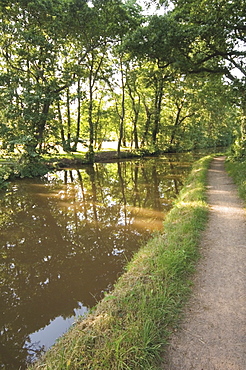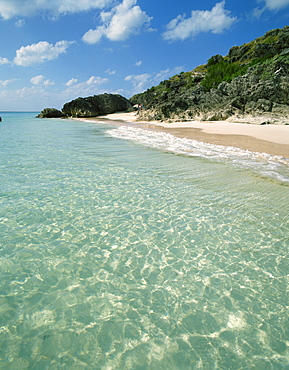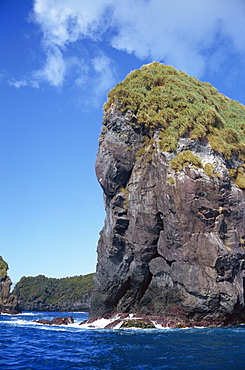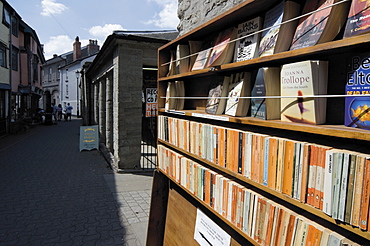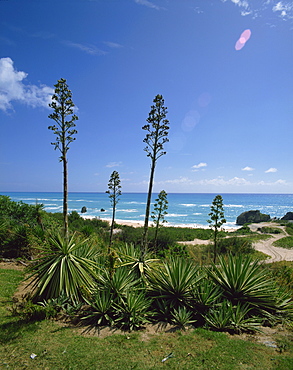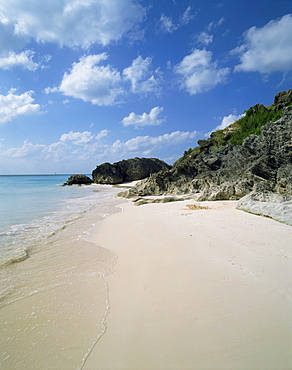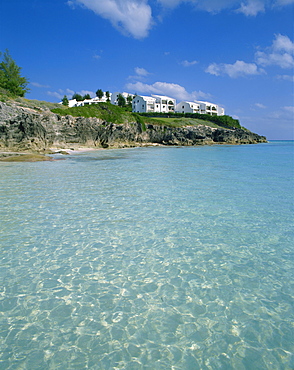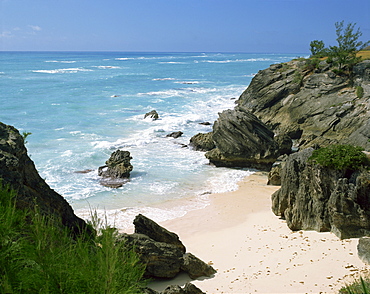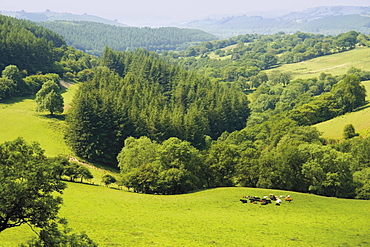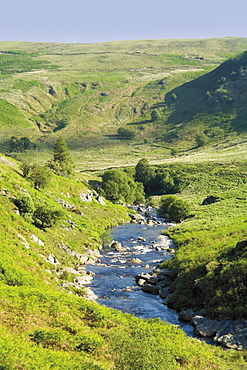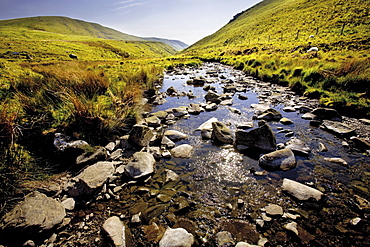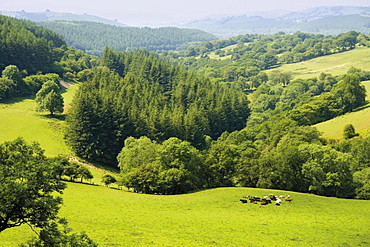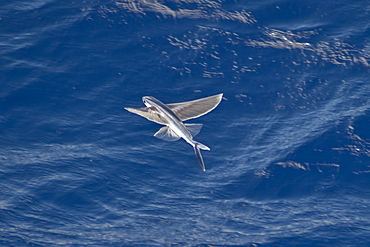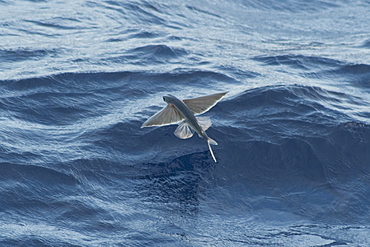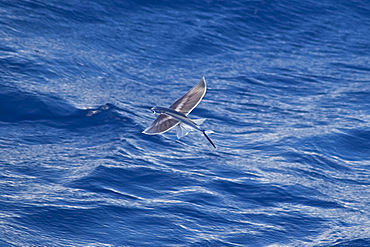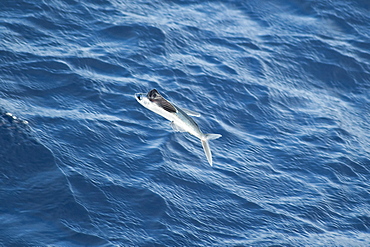Results
« Previous 1 2 3
223 results found
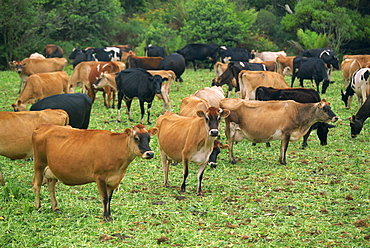
A herd of Friesian and Guernsey cattle grazing near Johanna, mid-way along the Great Ocean Road, Victoria, Australia, Pacific

Mausoleum and Saadian tombs in Marrakech Morocco where over 60 members of the Saadi dynasty are buried. The dynasty ruled from the mid 16th to mid 17th century. The tombs were sealed and only re-discovered in 1917

In mid January 2015, a three day period of excessive rain brought unprecedented floods to the small poor African country of Malawi. It displaced nearly quarter of a million people, devastated 64,000 hectares of land, and killed several hundred people. This shot shows A Russian Mi8 helicopter being used by the United Nations, World Food Program to deliver food aid to areas still cut off by the flooding around Makhanga and Bangula.

In mid January 2015, a three day period of excessive rain brought unprecedented floods to the small poor African country of Malawi. It displaced nearly quarter of a million people, devastated 64,000 hectares of land, and killed several hundred people. This shot taken from the air on a flight to Makhanga, which two months on, is still cut off by the floods when all rail and road connections were washed away, is looking down on the flood waters still sat on the flood plain, and the devastated farmland.

In mid January 2015, a three day period of excessive rain brought unprecedented floods to the small poor African country of Malawi. It displaced nearly quarter of a million people, devastated 64,000 hectares of land, and killed several hundred people. This shot shows solar powered lamps in a refugee camp near Chikwawa.
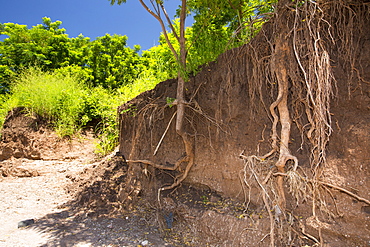
In mid January 2015, a three day period of excessive rain brought unprecedented floods to the small poor African country of Malawi. It displaced nearly quarter of a million people, devastated 64,000 hectares of land, and killed several hundred people. This shot shows tree roots exposed as the river bank was washed away near Chikwawa.
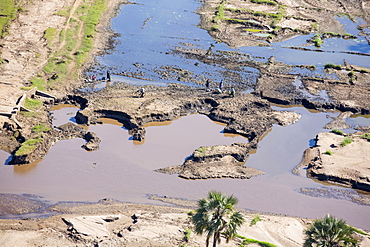
In mid January 2015, a three day period of excessive rain brought unprecedented floods to the small poor African country of Malawi. It displaced nearly quarter of a million people, devastated 64,000 hectares of land, and killed several hundred people. This shot taken from the air shows flood waters and farmland destroyed by the floods, with local farmers crossing their devastated fields.

In mid January 2015, a three day period of excessive rain brought unprecedneted floods to the small poor African country of Malawi. It displaced nearly quarter of a million people, devastated 64,000 hectares of alnd, and killed several hundred people. This shot shows a food being ferried across a river near Phalombe after the bridge was washed away.
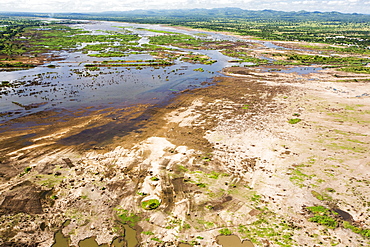
In mid January 2015, a three day period of excessive rain brought unprecedented floods to the small poor African country of Malawi. It displaced nearly quarter of a million people, devastated 64,000 hectares of land, and killed several hundred people. This shot shows the scale of the flood destruction, with ruined farmland, from the air.

In mid January 2015, a three day period of excessive rain brought unprecedented floods to the small poor African country of Malawi. It displaced nearly quarter of a million people, devastated 64,000 hectares of land, and killed several hundred people. This shot shows A Medicin Sans Frontieres clinic in Makhanga testing local people for malaria, many of whom proved positive for the disease, as a result of the drying up flood waters providing ideal breeding grounds for mosquitoes.
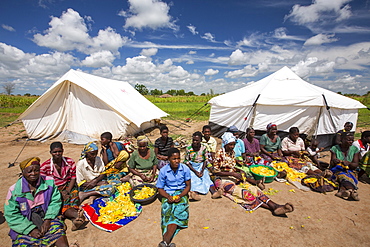
In mid January 2015, a three day period of excessive rain brought unprecedented floods to the small poor African country of Malawi. It displaced nearly quarter of a million people, devastated 64,000 hectares of land, and killed several hundred people. This shot shows displaced people in Baani refugee camp near Phalombe, preparing pumpkin flowers to eat.
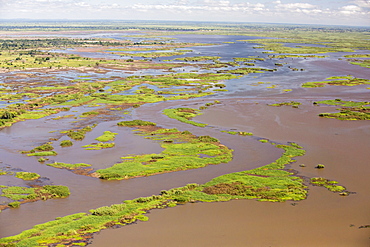
In mid January 2015, a three day period of excessive rain brought unprecedented floods to the small poor African country of Malawi. It displaced nearly quarter of a million people, devastated 64,000 hectares of land, and killed several hundred people. This shot taken from the air on a flight to Makhanga, which two months on, is still cut off by the floods when all rail and road connections were washed away, is looking down on the flood waters still sat on the flood plain.

In mid January 2015, a three day period of excessive rain brought unprecedented floods to the small poor African country of Malawi. It displaced nearly quarter of a million people, devastated 64,000 hectares of land, and killed several hundred people. This shot shows A Russian Mi8 helicopter being used by the United Nations, World Food Program to deliver food aid to areas still cut off by the flooding, around Bangula and Mkhanga.
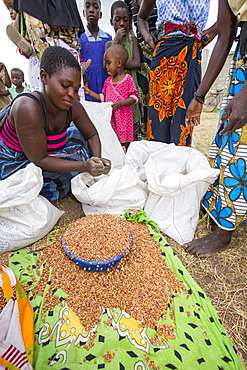
In mid January 2015, a three day period of excessive rain brought unprecedneted floods to the small poor African country of Malawi. It displaced nearly quarter of a million people, devastated 64,000 hectares of land, and killed several hundred people. This shot shows displaced people dividing up food aid in a refugee camp near Phalombe.
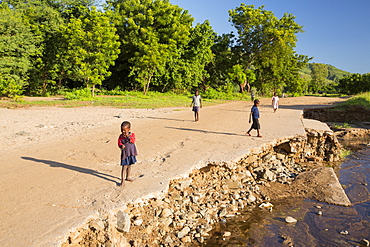
In mid January 2015, a three day period of excessive rain brought unprecedented floods to the small poor African country of Malawi. It displaced nearly quarter of a million people, devastated 64,000 hectares of land, and killed several hundred people. This shot shows a road and bridge washed away near Chikwawa.
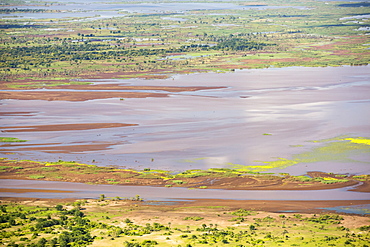
In mid January 2015, a three day period of excessive rain brought unprecedented floods to the small poor African country of Malawi. It displaced nearly quarter of a million people, devastated 64,000 hectares of land, and killed several hundred people. This shot taken from the air shows farmland buried under flood debris, and still flooded land.

Shark thought to be a tope with a zebra fish in attendance passes a large ball of blue jack mackerel (Trachurus picturatus) mid ocean, Azores, Portugal, Atlantic, Europe

In mid January 2015, a three day period of excessive rain brought unprecedented floods to the small poor African country of Malawi. It displaced nearly quarter of a million people, devastated 64,000 hectares of land, and killed several hundred people. This shot shows a drainage pipe that was washed away near Chikwawa.

In mid January 2015, a three day period of excessive rain brought unprecedneted floods to the small poor African country of Malawi. It displaced nearly quarter of a million people, devastated 64,000 hectares of alnd, and killed several hundred people. This shot shows a displaced women carrying water in the refugee camp of Chiteskesa refugee camp, near Mulanje.

In mid January 2015, a three day period of excessive rain brought unprecedented floods to the small poor African country of Malawi. It displaced nearly quarter of a million people, devastated 64,000 hectares of land, and killed several hundred people. This shot shows a railway line that was washed away in Bangula.
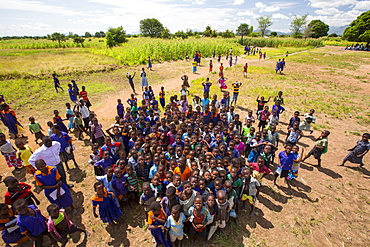
In mid January 2015, a three day period of excessive rain brought unprecedented floods to the small poor African country of Malawi. It displaced nearly quarter of a million people, devastated 64,000 hectares of land, and killed several hundred people. This shot shows displaced children in Baani refugee camp near Phalombe.

In mid January 2015, a three day period of excessive rain brought unprecedented floods to the small poor African country of Malawi. It displaced nearly quarter of a million people, devastated 64,000 hectares of land, and killed several hundred people. This shot shows a specialist truck that takes water straight from the river and purifies it to drinking standards, which is then used in the many flood refugee camps in the Shire valley.

In mid January 2015, a three day period of excessive rain brought unprecedneted floods to the small poor African country of Malawi. It displaced nearly quarter of a million people, devastated 64,000 hectares of alnd, and killed several hundred people. This shot shows a mother and child in Chiteskesa refugee camp, near Mulanje.

View across the rift valley marking the edge of the mid-Atlantic ridge, Thingvellir National Park, UNESCO World Heritage Site, southwest region, Iceland, Polar Regions
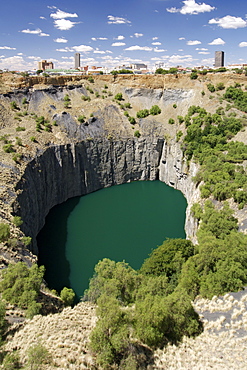
The Big Hole in Kimberley in South Africa's North-West Province. Also known as the KImberley mine, it was created during the diamond rush of the mid-nineteenth century.

Mausoleum and Saadian tombs in Marrakech Morocco where over 60 members of the Saadi dynasty are buried. The dynasty ruled from the mid 16th to mid 17th century. The tombs were sealed and only re-discovered in 1917
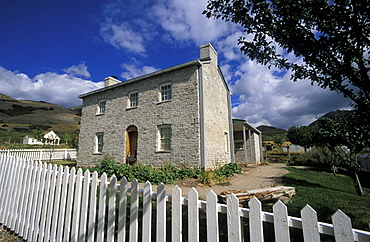
Stone house in Old Deseret Village, a recreated mid 19thC Mormon pioneer town at the 'This Is The Place' Heritage Park that celebrates the Mormon arrival in 1847, Salt Lake City, Utah , Usa
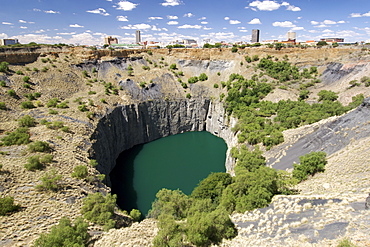
The Big Hole in Kimberley in South Africa's North-West Province. Also known as the KImberley mine, it was created during the diamond rush of the mid-nineteenth century.

In mid January 2015, a three day period of excessive rain brought unprecedented floods to the small poor African country of Malawi. It displaced nearly quarter of a million people, devastated 64,000 hectares of land, and killed several hundred people. This shot shows a road bridge destroyed near Chikwawa.
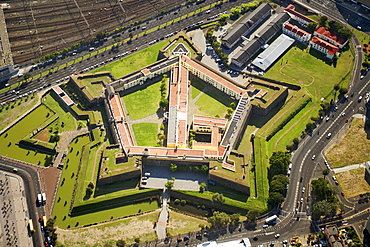
Aerial view of the Castle, built by the Dutch who settled in the mid 17th century, Cape Town, South Africa, Africa

Mausoleum and Saadian tombs in Marrakech Morocco where over 60 members of the Saadi dynasty are buried. The dynasty ruled from the mid 16th to mid 17th century. The tombs were sealed and only re-discovered in 1917

View across the rift valley marking the edge of the mid-Atlantic ridge, Thingvellir National Park, UNESCO World Heritage Site, southwest region, Iceland, Polar Regions
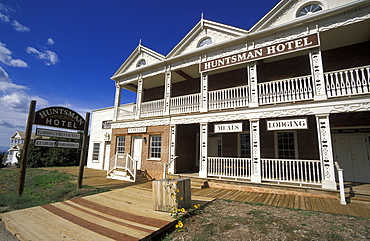
Hotel in Old Deseret Village, a recreated mid 19thC Mormon pioneer town at the 'This Is The Place' Heritage Park that celebrates the Mormon arrival in 1847, Salt Lake City, Utah , Usa

Ta Prohm temple dating from the mid 12th to early 13th centuries, Angkor, UNESCO World Heritage Site, Siem Reap, Cambodia, Indochina, Southeast Asia, Asia

Thatbyinnyu Pahto, one of the highest temples built by King Alaungsithu in the mid 12th century, old Bagan (Pagan), Myanmar (Burma), Asia

Ta Prohm temple dating from the mid 12th to early 13th centuries, Angkor, UNESCO World Heritage Site, Siem Reap, Cambodia, Indochina, Southeast Asia, Asia

Ta Prohm temple dating from the mid 12th to early 13th centuries, Angkor, UNESCO World Heritage Site, Siem Reap, Cambodia, Indochina, Southeast Asia, Asia

Ta Prohm temple dating from the mid 12th to early 13th centuries, Angkor, UNESCO World Heritage Site, Siem Reap, Cambodia, Indochina, Southeast Asia, Asia

Pair of masked rabbitfish (Siganus puellus), swimming in mid-water, Ailuk atoll, Marshall Islands, Pacific

Pair of spotted rabbitfish (golden rabbitfish) (Siganus guttatus) swimming in mid-water, Dumaguete, Negros, Philippines, Southeast Asia, Asia

Sperm Whale (Physeter macrocephalus) surfacing in the mid-riff Island area of the Gulf of California (Sea of Cortez), Sonora, Mexico
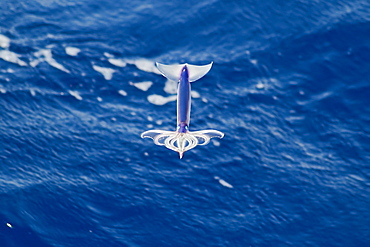
Flying Squid Species in mid-air, roughly 100 nm North of Tristan Da Cunha, South Atlantic Ocean. Flying Squid use membranes between their tentacles (visible on pic) & two fins at the rear of the mantle to glide through the air in a similar way to flying fish.
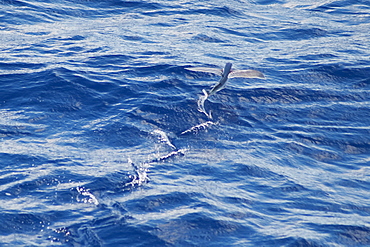
Flying Fish Species (scientific name unknown) rare unusual image, in mid-air. South Atlantic Ocean. MORE INFO: Note the trail on the surface of the water made by its tail.
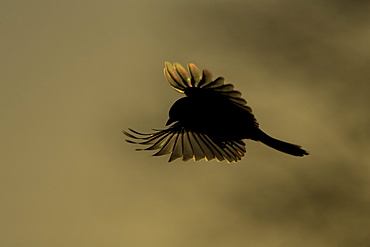
Great Tit (Parus major), capture in mid flight, silhouetted against rising sun and misty hill, wings spread and light shining through.. Kilchrenan, nr Loch Awe, Argyll, Scotland, UK
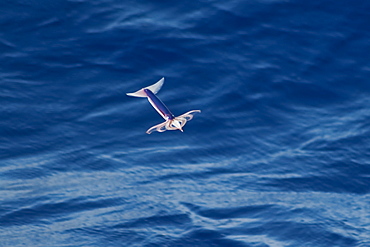
Flying Squid Species in mid-air (Ommastrephes bartramii). Extremely rare unusual image. South Atlantic Ocean. MORE INFO: Flying Squid use membranes between their tentacles (visible on pic) & two fins at the rear of the mantle to glide through the air in a similar way to flying fish. These unique adaptations allow them to avoid predation more easily. Ommastrephid squids are among the strongest swimmers in the Cephalopoda. A number of species are fished commercially. This particular species (Ommastrephes bartramii), is commonly known as "Neon Flying Squid" due to its colouration and its ability to glide over the ocean surface as seen in the photographs. Please note that this is a genuine image of a wild animal in its natural environment. It is not a digital manipulation.
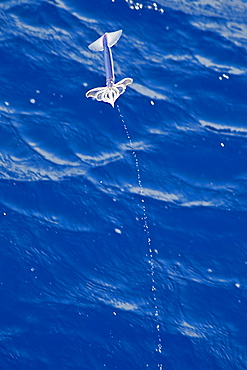
Flying Squid Species in mid-air leaving a water trail behind it, roughly 100 nm North of Tristan Da Cunha, South Atlantic Ocean. Flying Squid use membranes between their tentacles (visible on pic) & two fins at the rear of the mantle to glide through the air in a similar way to flying fish.

Country Side, Mountain Vilage, 03/04/2009. Landscape view from the road in the area of Praia on Sao Tiago Island, Cape Verde. Native woman standing on hill side in mid day. . Praia, Sao Tiago Island. Cape Verde

03/04/2009. Landscape view from the road in the area of Praia on Sao Tiago Island, Cape Verde. Native woman standing on hill side in mid day. . Praia, suburb of Praia, Sao Tiago Island. Cape Verde
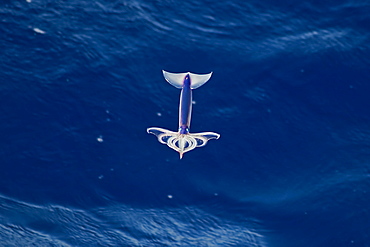
Flying Squid Species in mid-air, roughly 100 nm North of Tristan Da Cunha, South Atlantic Ocean. Flying Squid use membranes between their tentacles (visible on pic) & two fins at the rear of the mantle to glide through the air in a similar way to flying fish.
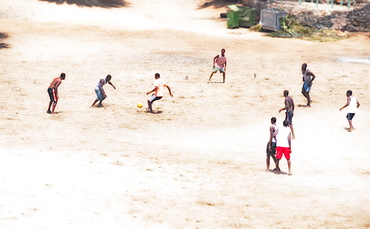
03/04/2009. Tarrafal bay Town Beach. Children and teenagers enjoy their local beach in the mid day. The Cape Verde islands have a large population percentage of youths. . Praia, Tarrafal , Sao Tiago Island. Cape Verde
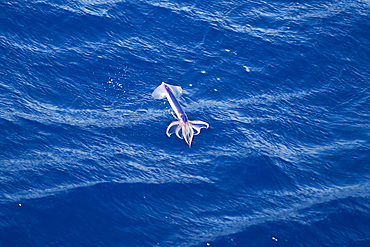
Flying Squid Species in mid-air, roughly 100 nm North of Tristan Da Cunha, South Atlantic Ocean. Flying Squid use membranes between their tentacles (visible on pic) & two fins at the rear of the mantle to glide through the air in a similar way to flying fish.
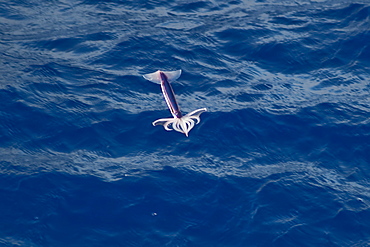
Flying Squid Species in mid-air (Ommastrephes bartramii). Extremely rare unusual image. South Atlantic Ocean. MORE INFO: Flying Squid use membranes between their tentacles (visible on pic) & two fins at the rear of the mantle to glide through the air in a similar way to flying fish. These unique adaptations allow them to avoid predation more easily. Ommastrephid squids are among the strongest swimmers in the Cephalopoda. A number of species are fished commercially. This particular species (Ommastrephes bartramii), is commonly known as "Neon Flying Squid" due to its colouration and its ability to glide over the ocean surface as seen in the photographs. Please note that this is a genuine image of a wild animal in its natural environment. It is not a digital manipulation.
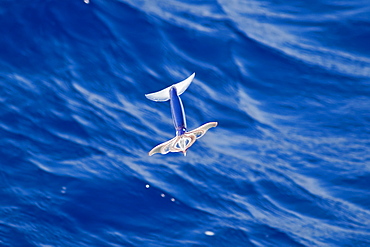
Flying Squid Species in mid-air, roughly 100 nm North of Tristan Da Cunha, South Atlantic Ocean. Flying Squid use membranes between their tentacles (visible on pic) & two fins at the rear of the mantle to glide through the air in a similar way to flying fish.
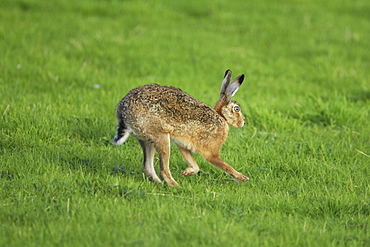
Brown Hare (Lepus capensis) running photographed mid stride in a grassy meadow. Argyll, Scotland, UK

Bank Vole (Clethrionomys glareolus) running along moss covered wall, frozen in mid step with high speed shutter speed and high speed flash and hazel in mouth. Argyll, Scotland, UK
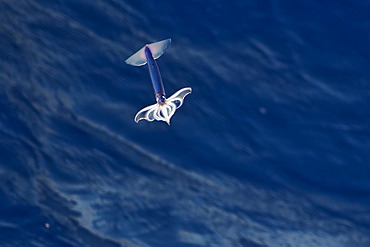
Flying Squid Species in mid-air (Ommastrephes bartramii). Extremely rare unusual image. South Atlantic Ocean. MORE INFO: Flying Squid use membranes between their tentacles (visible on pic) & two fins at the rear of the mantle to glide through the air in a similar way to flying fish. These unique adaptations allow them to avoid predation more easily. Ommastrephid squids are among the strongest swimmers in the Cephalopoda. A number of species are fished commercially. This particular species (Ommastrephes bartramii), is commonly known as "Neon Flying Squid" due to its colouration and its ability to glide over the ocean surface as seen in the photographs. Please note that this is a genuine image of a wild animal in its natural environment. It is not a digital manipulation.

Flagtail grouper (Cephalopholis urodeta), swimming in mid-water, Ailuk atoll, Marshall Islands, Pacific

Bank Vole (Clethrionomys glareolus) running along wall, frozen in mid step with high speed shutter speed on a sunny day. Argyll, Scotland, UK
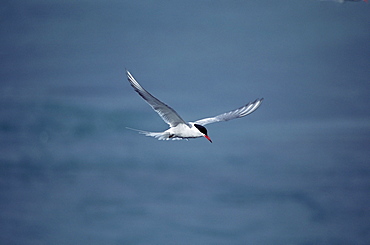
Arctic tern (Sterna hirundo) hovering over estuary, hunting sand eels, in mid-summer when the colonies are active for 24 hours per day. Iceland.
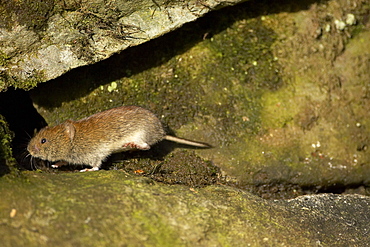
Bank Vole (Clethrionomys glareolus) running along wall, frozen in mid step with high speed shutter speed on a sunny day. Argyll, Scotland, UK

Brown Hare (Lepus capensis) running photographed mid stride in a grassy meadow. Argyll, Scotland, UK

03/04/2009. Tarrafal bay Town Beach. Children and teenagers enjoy their local beach in the mid day. The Cape Verde islands have a large population percentage of youths. . Praia, Tarrafal , Sao Tiago Island. Cape Verde

Brown Hare (Lepus capensis) running photographed mid stride in a grassy meadow. Argyll, Scotland, UK
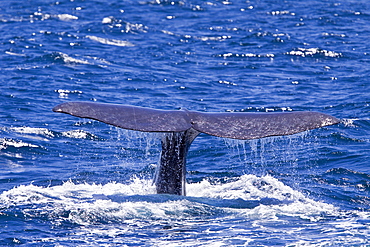
Sperm Whale (Physeter macrocephalus) surfacing in the mid-riff Island area of the Gulf of California (Sea of Cortez), Sonora, Mexico
